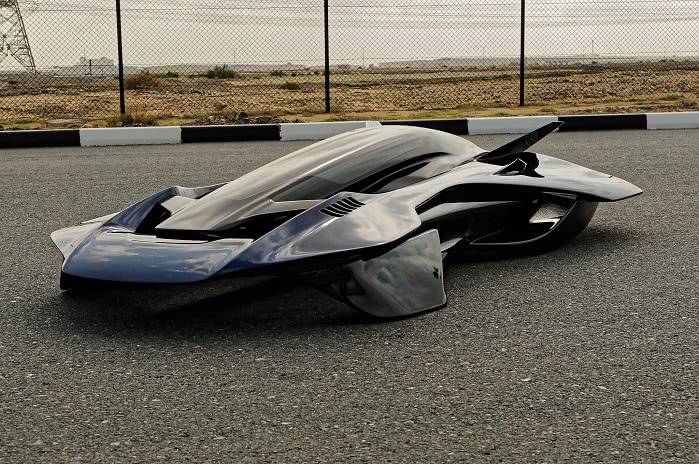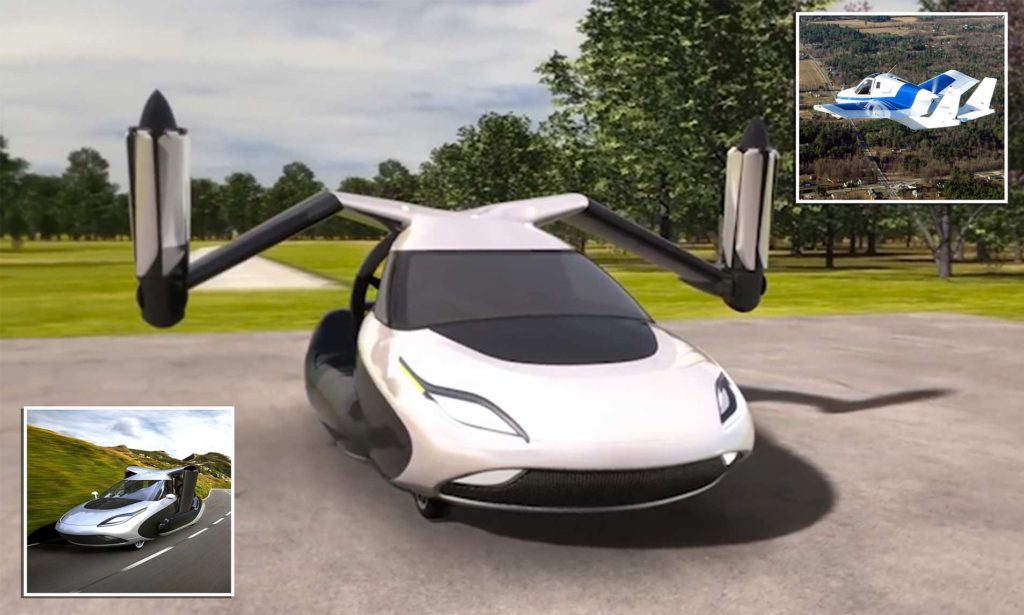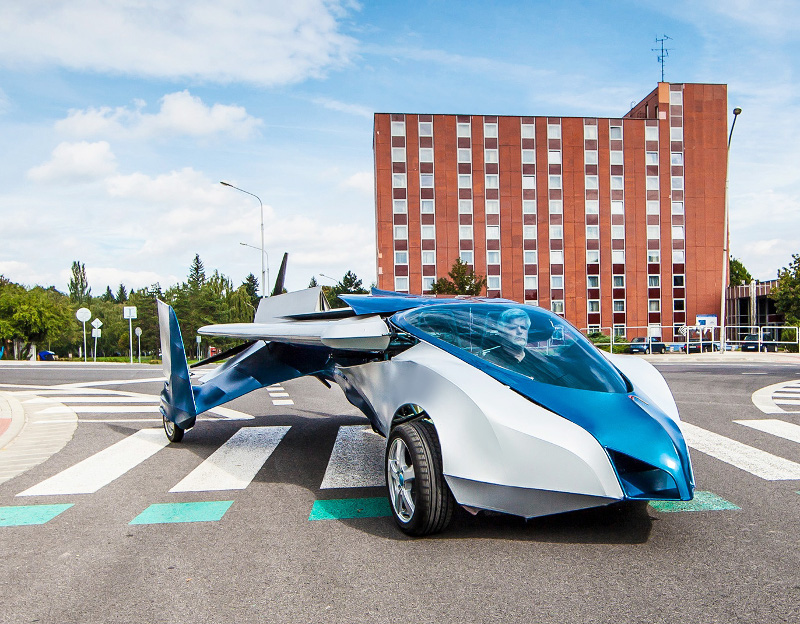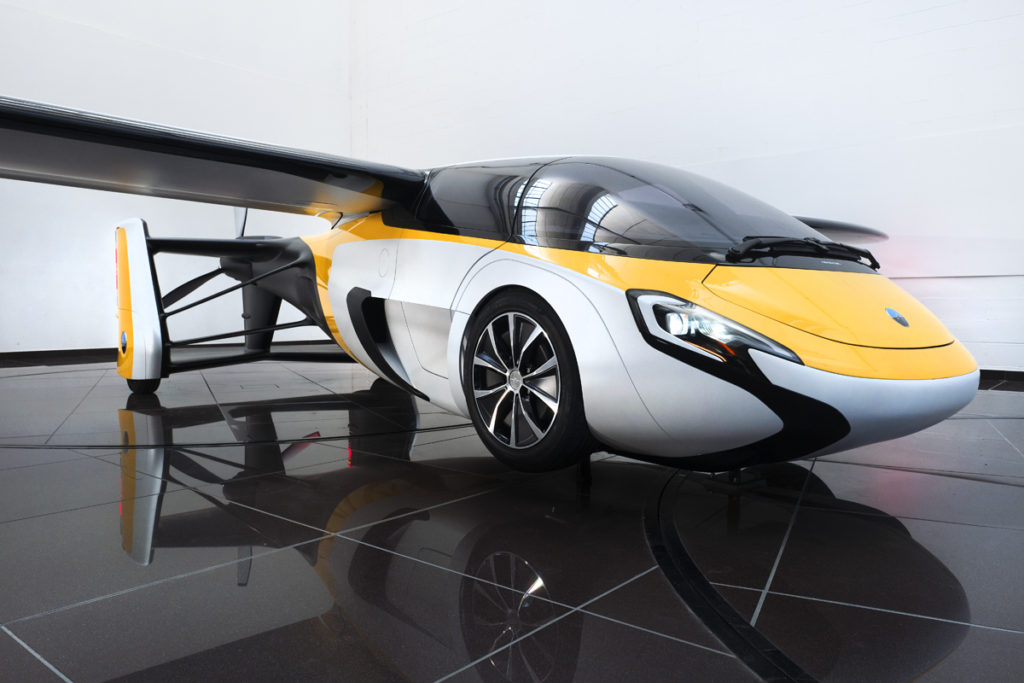Experts in the car or vehicle industry are enthusiastic about introducing flying cars. Enthusiasts believe that cars will levitate until 2100 – and this would be a lot greener even than electric road cars – for example, the flying cars of the future will significantly reduce emissions and traffic on busy roads.
People want to make their dreams of levitating cars come true in the future. There are many companies around the world that are making substantial efforts to make this happen.
Historically, companies have tried to manufacture flying cars – for instance, Henry Ford Company attempted to do this with the Ford Flivver in 1926. Basically, it was a small plane and not a car. It was a failed attempt.
Ford Company introduced another flying car known as “Stout Sky-car” in the 1930s. It was a time when the world was suffering from the economic crisis – the Great Depression.
Due to this, people in the U.S and European countries had more pressing problems than flying cars. So, this is also considered a failed attempt.
In addition, many people made attempts to make a flying car breakthrough over the years – nonetheless, nobody managed to manufacture anything that could go past the prototype phase.
After several decades, in 2011, the enthusiasm for flying cars gain momentum when “Terrafugia” – a company released the first roadable aircraft of the world – known as “The Transition.” This was the first successful attempt as this aircraft or flying car could land and take off from a normal road without needing an airport runway.
“The Transitions” actually looks as well as acts as a small airplane. However, with its advent, scientists and researchers have been focusing on technology that would help them create “VTOLs.”
The term “VTOLS” is short for “Vertical Take-Off and Landing Vehicles.” When it comes to environmental-friendliness of “VTOLs,” it will have a great impact on climate change in a positive manner since all of these vehicles will be electric.
Levitating Cars – Key Insights

Experts in the car and aviation industry are working keenly to make the skies teeming with self-driving or self-flying autonomous cars in the next four to five decades.
By the end of the 21st century, levitating cars will replace traditional road-driving. It is important to know that the development of flying cars is no more part of science fiction.
In this regard, scientists say that development and advancement in drone technology will help them manufacture high-quality and cutting-edge levitating cars in the coming decades.
So much so, large enterprises such as “Airbus,” “AeroMobil,” and “Uber” are working on prototypes and they will transform them into fully functional levitating vehicles in the near future.
On the other hand, experts argue that there are a few things that need to be taken into consideration before turning this dream into reality.
For instance, scientists need to come up with innovative battery designs that would support the vehicles to stay longer in the air. Another important factor is to ensure the safety of low-flying cars or aircraft in urban areas.
Despite the significant and obvious obstacles in the development of levitating cars, companies are gradually moving upward – envisioning a wide range of small, two-seater personal flying car that would whizz people around the city centers and metropolitan areas. These cars would land on and take off from the building tops.
Obstacles to Overcome

Recent advancement in drone technology is of great help in making levitating cars a reality in the future. Surely, it will revolutionize urban travel for hundreds of thousands of citizens. There are a few obstacles to overcome in order to take these cars to the skies – particularly the autonomous vehicles.
For instance, self-flying vehicles need much better batteries, which at the same time, must be light-weight. In addition, companies haven’t developed autonomous sensory systems for such vehicles yet – despite the fact that they are making significant efforts.
Likewise, we need good ground infrastructure that would provide us with enough landing and take-off space. The infrastructure must also have all the amenities, which would help people fly their cars in an unobstructed manner.
Another obstacle is the durability and reliability of the levitating cars. For example, it is easy to build a flying car based on aviation standards/protocols and drone technology. However, the hurdle is whether we could use these vehicles in areas where we need them.
Levitating Cars Are The Future

You will be surprised to know that flying cars are the future of our world – especially in the 22nd century. The main aim is to avoid burdensome road traffic and make transport easier for generations to come.
Levitating cars go by another name due to their special features. Often dubbed as “VTOLs” these cars will be capable of taking off like helicopters and maintain the effective aerodynamic flight of a small airplane.
When it comes to the benefits of levitating cars, without a doubt, there are many – for example, flying cars will be helpful in lowering the number of vehicles on roads drastically. Not only would they reduce greenhouse gas emissions but will also lessen traffic – making transport easier for people in the future.
Current research suggests that flying cars are a good option for long air trips across a city or region. However, for short commutes, they might not be the best option yet – but in the future, people would be able to fly cars for short commutes.
The future is all about environmental sustainability and adopting practices that don’t harm our world. Recent research studies have shown that flying cars will be more sustainable than traditional cars that run on gasoline. Thus, they will play a considerable role in the sustainable mobility system.
Conclusion
Wrapping up, the sky above us is actually an unused sea of air, which will provide us with significant value with the advancement of aviation technology and the expansion of the drone industry.
The use of airspace will lead our future generations to have the most sophisticated transport system. The future smart cities of the 22nd century will be incomplete without levitating cars.











